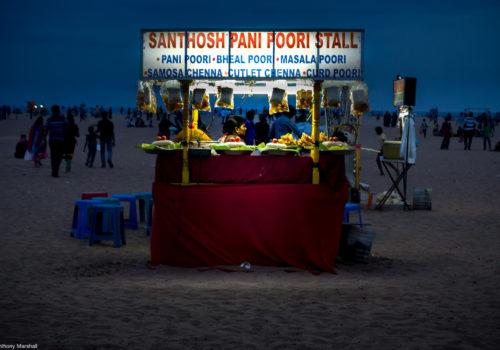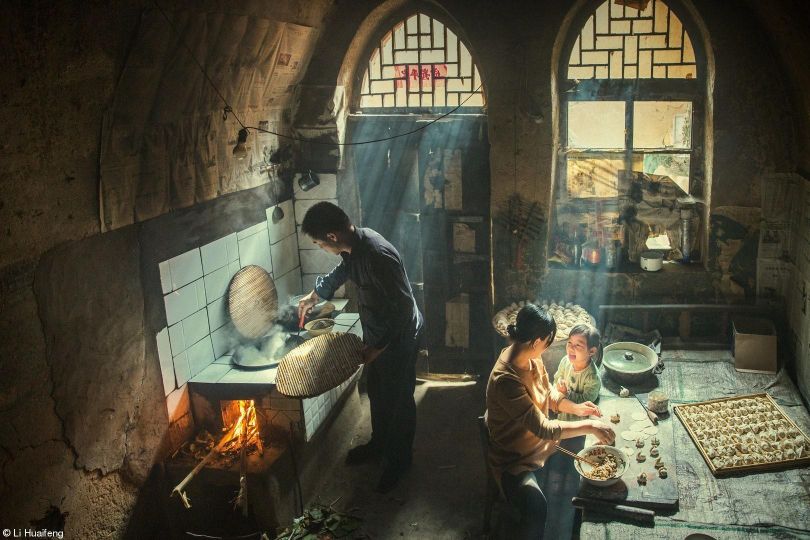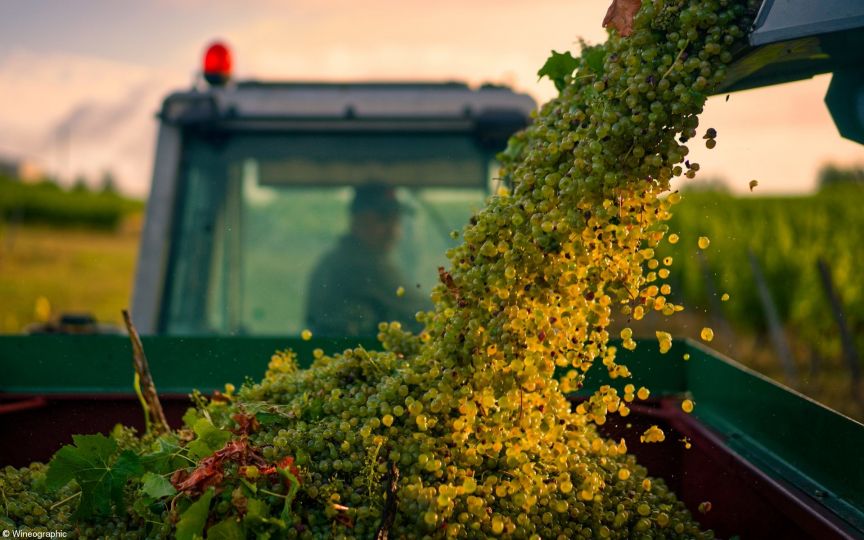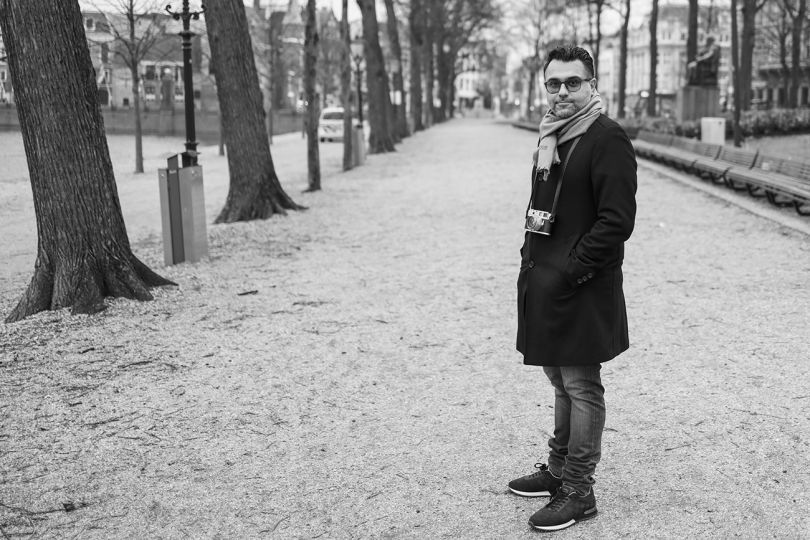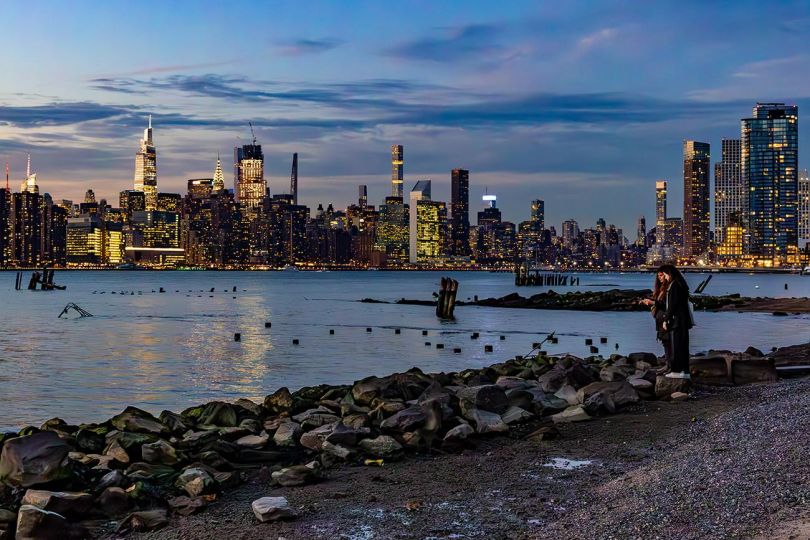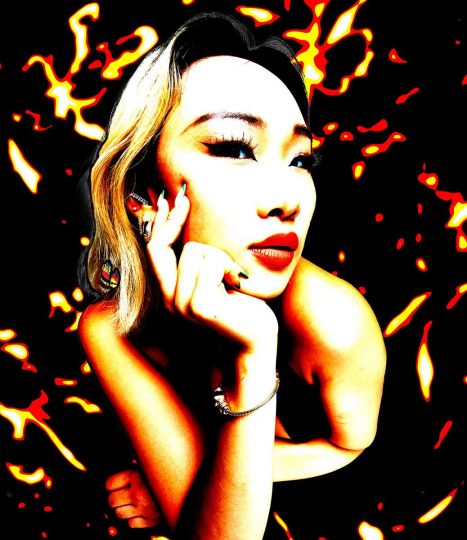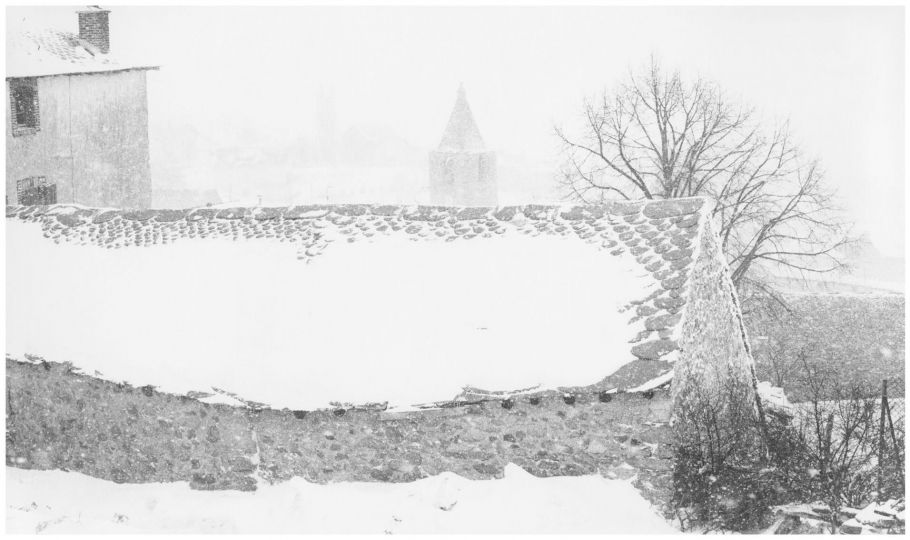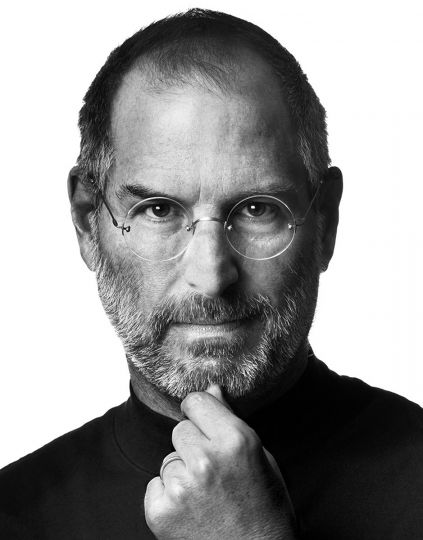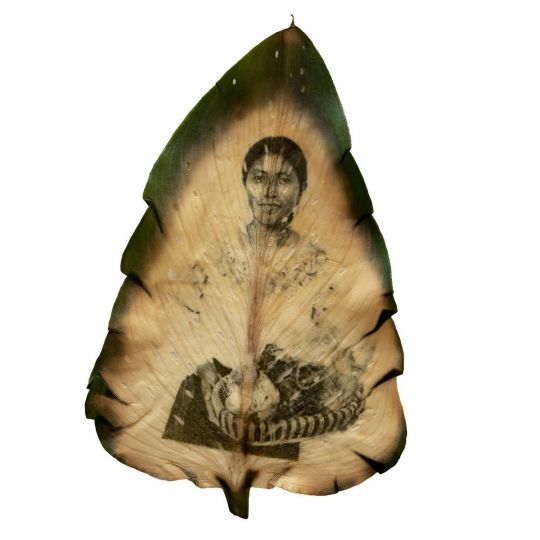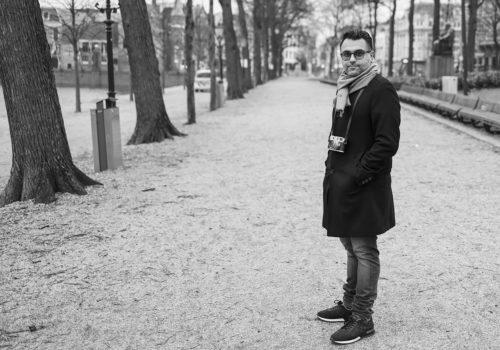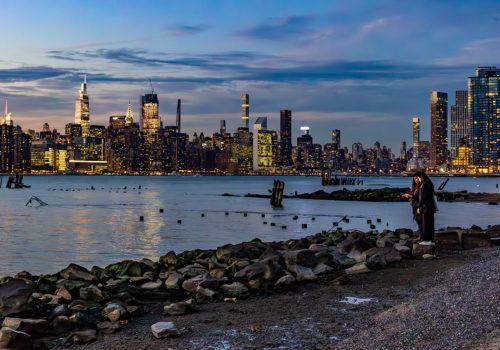On the occasion of the upcoming Pink Lady® Food Photographer of the Year, The Eye of Photography discussed developments in food photography with Michael Pritchard, director of Education and Public Research at the Royal Photographic Society.
Michael Pritchard, could you tell us about the genesis of food photography?
Food and its associated accoutrements have been associated with photography from its earliest days in the 1840s when the inventor of negative-positive photography Henry Talbot photographed a table set for tea and well as other still subjects of crockery, jugs and plates. Other photographers from this period photographed game: pheasant, rabbit, fruit and vegetables – much as painters had traditionally done. Photography in some ways perpetuated a traditional artistic tradition, but it also represented the technical limitations of the calotype, daguerreotype and collodion process which had exposures ranging from minutes to several seconds.

